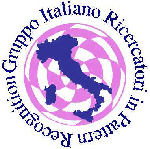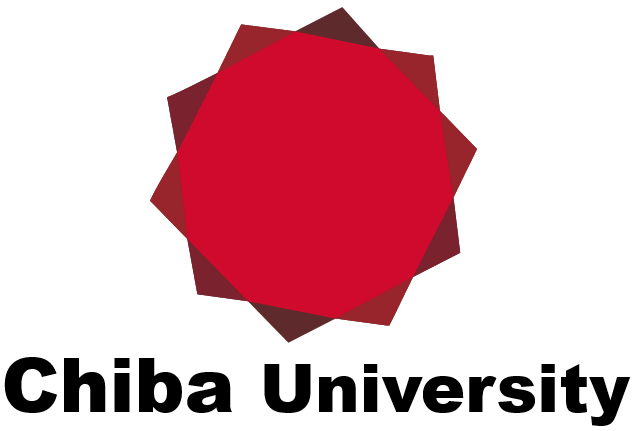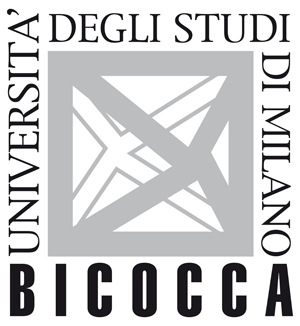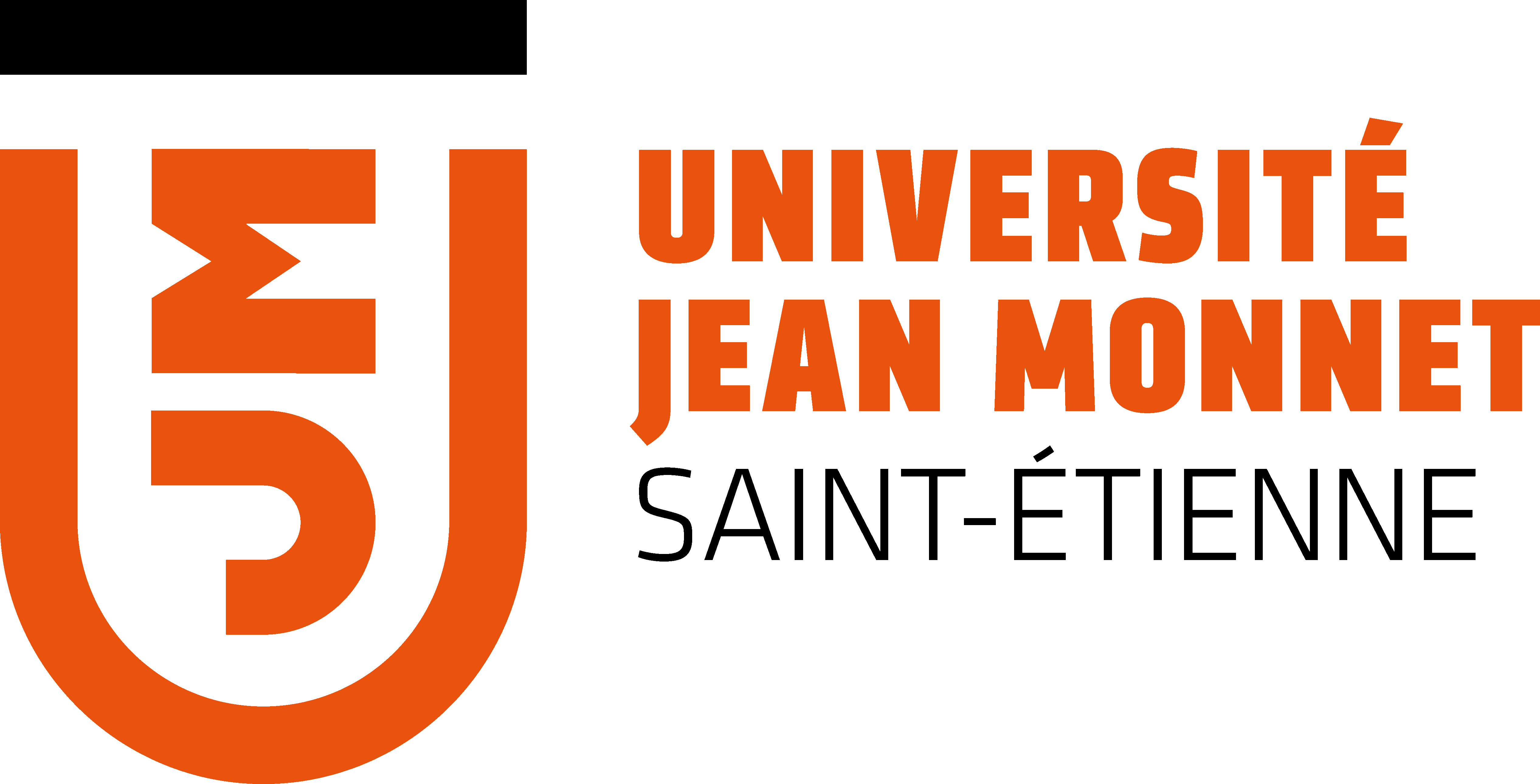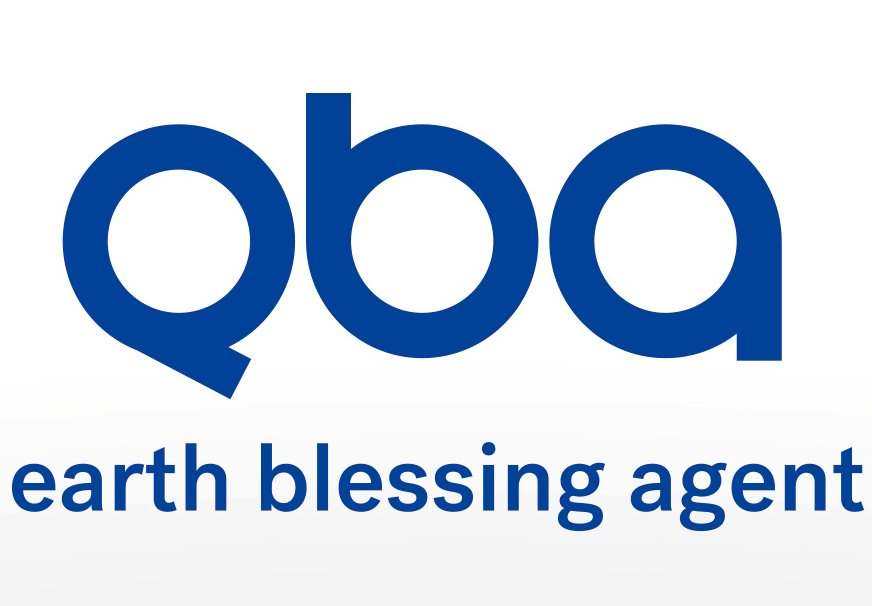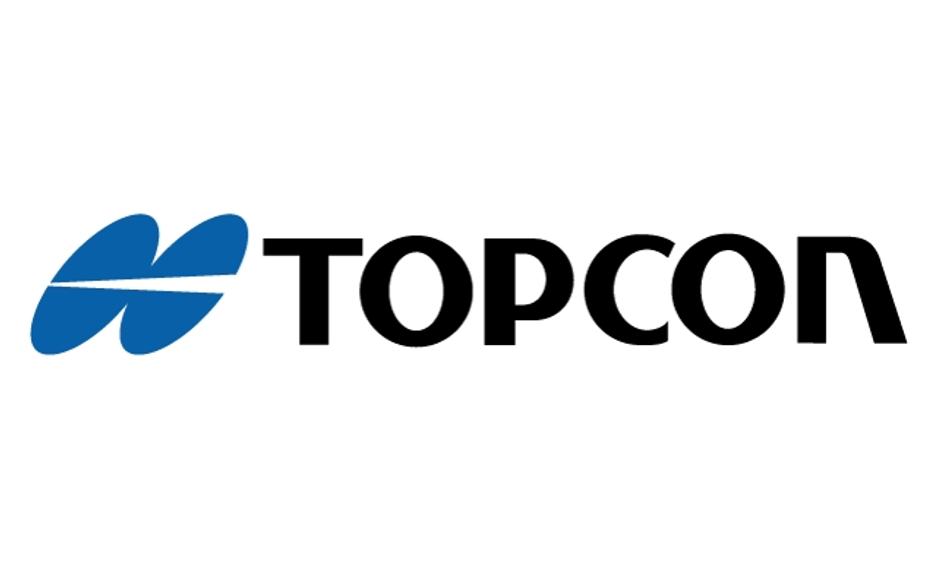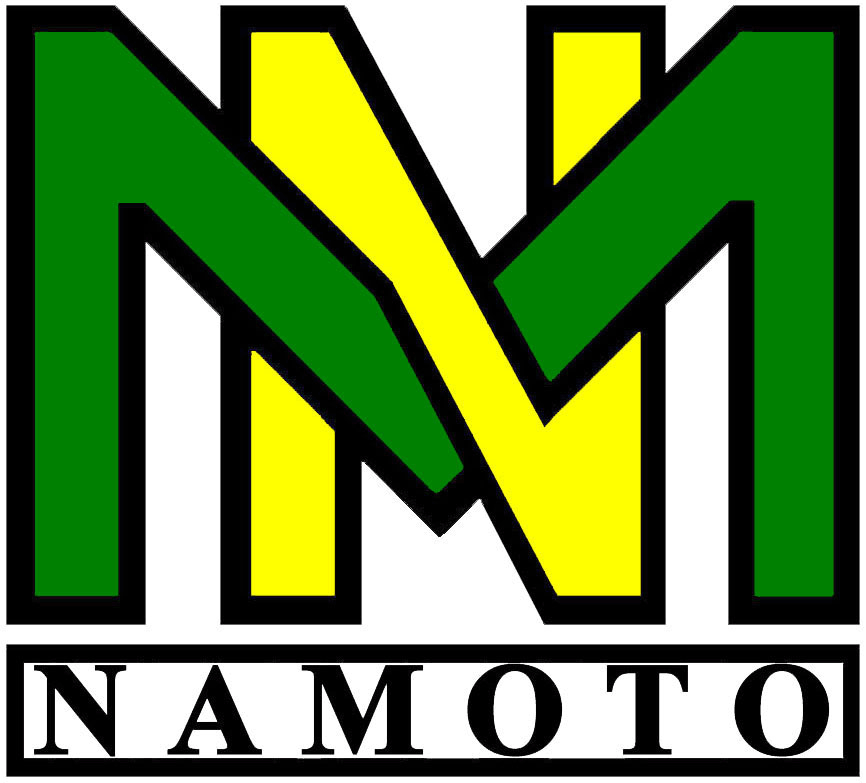Invited Talks
Invited Speakers
Prof. Takayuki Okatani
(Tohoku University, Japan)
Talk title :
"Improving Generalization Ability of Deep Neural Networks for Visual Recognition Tasks"
In this talk, I discuss generalization ability of deep neural networks (DNNs) for visual recognition tasks from a broad perspective. It has been long since convolutional neural networks (CNNs) were claimed to surpass human vision in an object recognition task. However, this claim should not be accepted literally. Similar to other machine learning methods, DNNs are not free from the fundamental limitation of machine learning that a model cannot give correct answers for inputs that are dissimilar to those it has learned. For instance, CNNs can fail for images to which noises are added, even in the case where humans are barely affected by the noises. As a solution to this performance deterioration of CNNs, we show our recent studies of image restoration, which is to recover clean images from their degraded versions. Another solution is to increase the size of training data (e.g., incorporation of noisy inputs to training data), which is often hard or costly to do. We show our study of a multi-task learning framework for scene understanding tasks, in which multiple datasets created for different tasks can be utilized to learn hierarchical representation of input images that can be shared and utilized by the tasks. This approach brings about improvement of accuracy for the tasks of visual grounding, scene caption retrieval, and visual question answering, only by using dedicated datasets for these tasks.
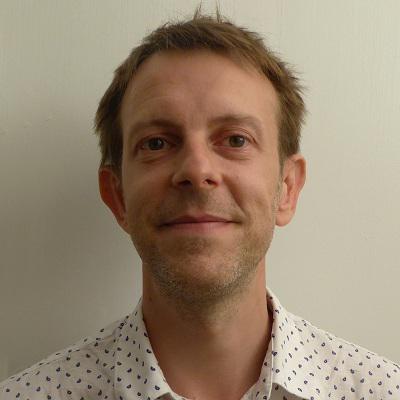
Prof. Mathieu Hébert
(University Jean Monnet of Saint-Etienne, France)
Talk title :
"How Microarrangement of Colored Materials Influences the Macroscopic Color of a Surface"
Many colored objects are produced by mixing various colored materials, wich may be layered, juxtaposed, interwined, etc. The macroscopic color of the object depends obviously on the optical properties of the individual materials which mixed, e.g., their absorption and scattering coefficients, but also on their arrangement and their size in comparison to the typical light path length into the object. The talk will present at least three original examples where the material arrangement of has strong influence on the color rendering, due to various optical phenomena: superimposition of ink layers on paper, where colored gloss appears depending on the order in which the inks are coated (bronzing phenomenon); color effect of a clear coating on halftone prints (optical dot gain phenomenon increased by the interreflections between the paper and the coating-air interface); juxtaposition of textile yarns or volumic bars (light interreflection phenomenon).
Collaborative work with Lionel Simonot, Damien Muselet, Alain Tremeau, Oussama Sari, Dorian Saint-Pierre.
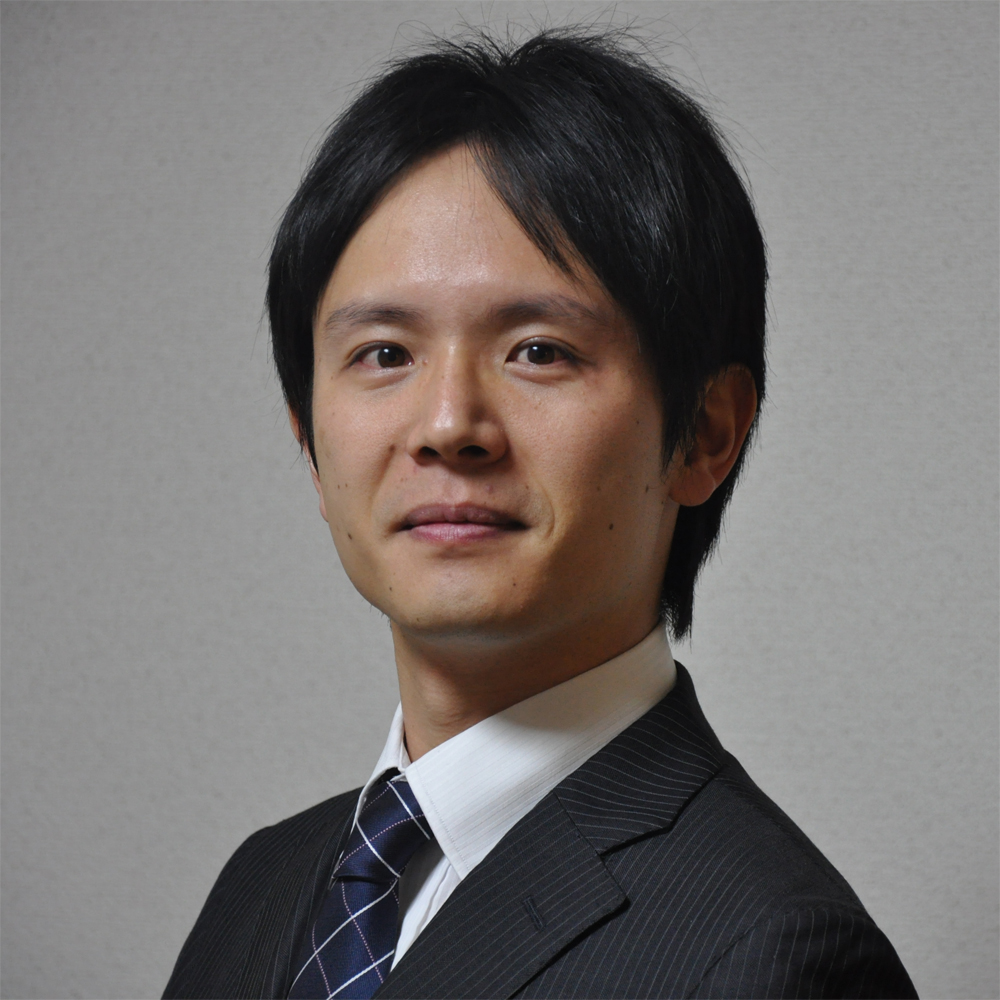
Prof. Daisuke Iwai
(Osaka University, Japan)
Talk title :
"Computational Imaging in Projection Mapping"
Projection mapping or spatial augmented reality (SAR) has been tremendously widespread over the world. The goal is to seamlessly merge physical and virtual worlds by superimposing computer generated graphics onto real surfaces. This talk briefly overviews the recent advances in the research field, including (1) the novel enhancements to simplify the 3D geometric calibration task, which can now be reliably carried out either interactively or automatically using self-calibration methods, (2) improvements regarding radiometric calibration and compensation as well as the neutralization of global illumination effects, and (3) computational display approaches to overcome technical limitations of current projection hardware in terms of dynamic range, refresh rate, spatial resolution, depth-of-field, view dependency, and color space. These technologies contribute towards creating new application domains related to projection-based spatial augmentations. This talk summarizes these emerging applications, and discusses new directions for industries.
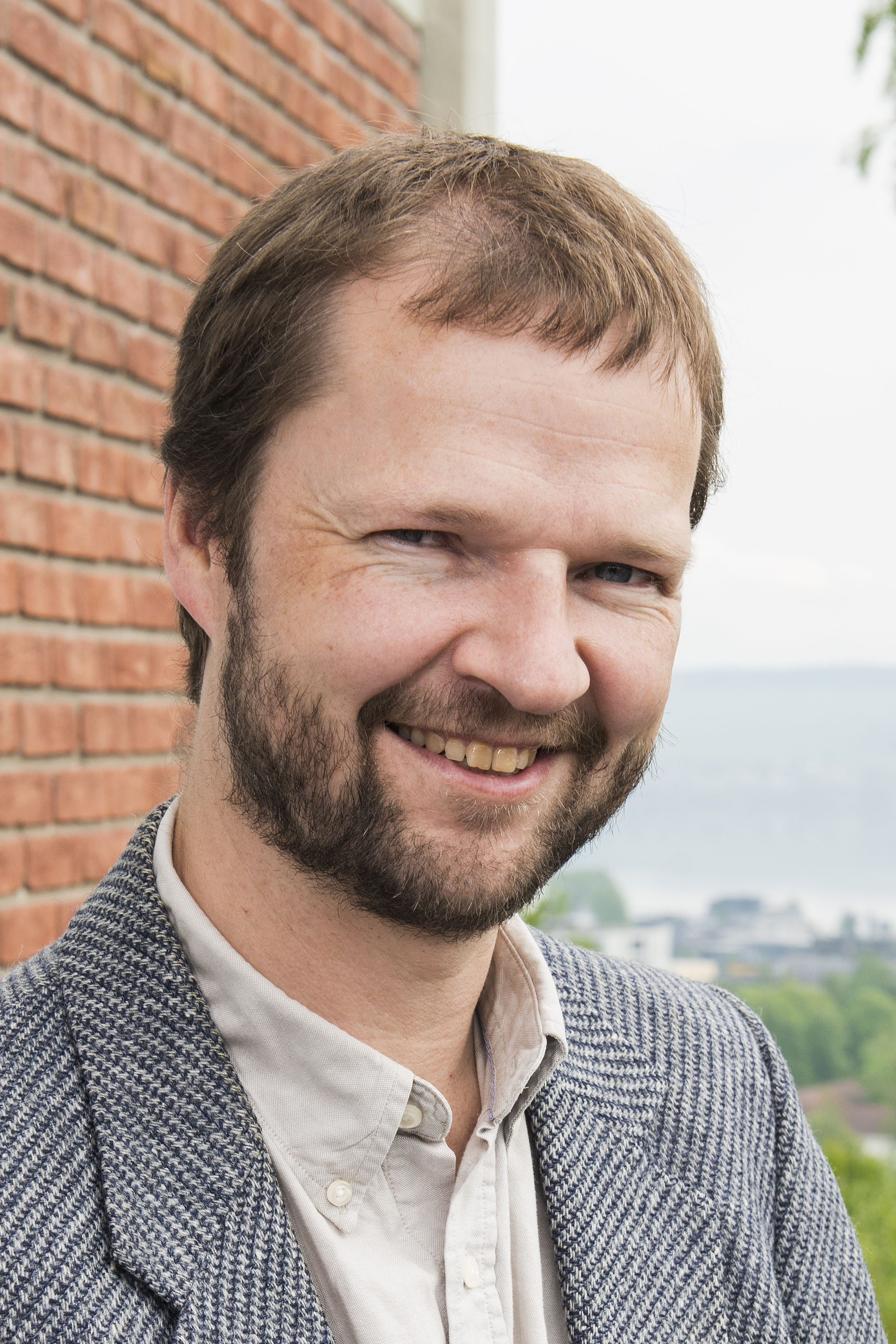
Prof. Jon Y. Hardeberg
(Norwegian University of Science and Technology, Norway)
Talk title :
"On the Acquisition and Reproduction of Material Appearance"
Currently, new technologies (e.g. 2.5D and 3D printing processes) progress at a fast pace in their capacity to (re)produce an ever-broader range of visual aspects. At the same time, a huge research effort is needed to achieve a comprehensive scientific model for the visual sensations we experience in front of an object in its surrounding. Thanks to the projects "MUVApp: Measuring and Understanding Visual Appearance" and "MANER - Material Appearance Network for Education and Research" funded by the Research Council of Norway, and "ApPEARS: Appearance Printing - European Advanced Research School)" recently granted by the European Union, significant progress is being made on various topics related with acquisition and reproduction of material appearance, and also on the very understanding of appearance. The talk will present recent, ongoing, and planned research in this exciting field.



